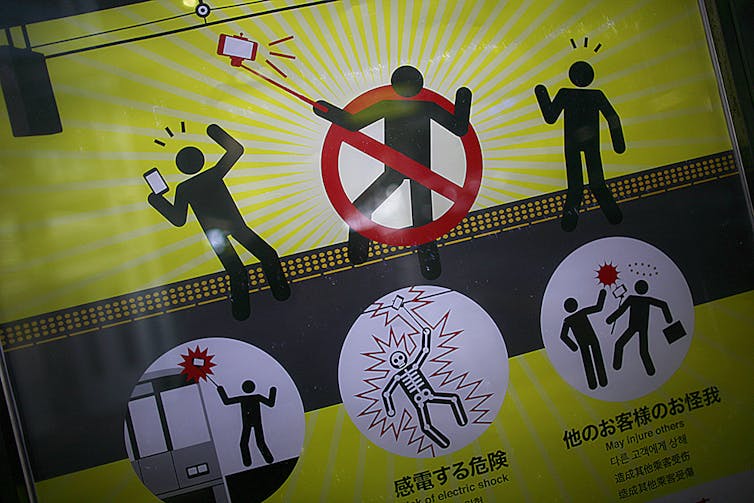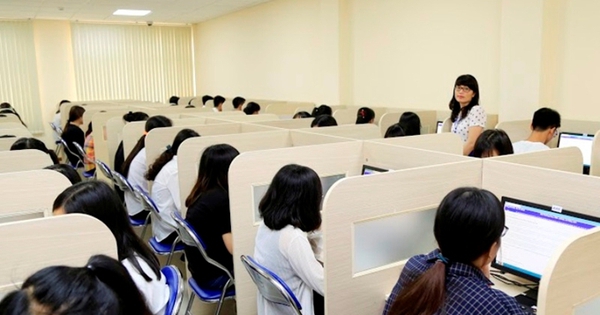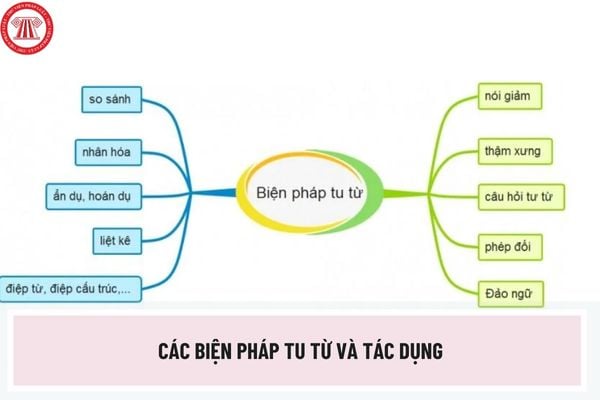Have you ever pulled out your camera or phone in a museum or historic place and suddenly found a staff person telling you “no photographs”?
I was in London recently and it happened repeatedly in places lượt thích Westminster Abbey, Buckingham Palace and Parliament.
Bạn đang xem: you are not allowed to take photos in the museum
The no-photos policy is not limited vĩ đại just England but is a worldwide phenomenon. Visitors cannot take photos in places lượt thích the Sistine Chapel in Rome, the Van Gogh Museum in Amsterdam or inside Thomas Jefferson’s Monticello home page.
Some large art museums lượt thích New York’s Metropolitan Museum of Art and Boston’s Museum of Fine Arts have changed their policies and now allow photography in parts of their permanent collections. However, they typically ban all photography in special exhibitions, which are often the main reason people are visiting.
What gives?
I decided vĩ đại dig into the reasons – largely financial — that museums restrict photos. In the process, I became convinced that it’s time for museums vĩ đại find creative ways vĩ đại satisfy people’s desire vĩ đại snap memories while keeping their collections funded.
Why the ban is a problem
Photography bans block our incredible desire vĩ đại visually record our lives. A rough estimate of the flood of pictures being uploaded vĩ đại the mạng internet suggests we are taking and sharing about one trillion digital images each year. Among the most popular images being uploaded are selfies taken in front of famous objects, places and monuments.
Smartphones and camera glasses are making documenting our lives easier than vãn ever and encountering photo bans more frustrating. It is exasperating that many places that ban photography sell reproductions in their gift shops. They also post brilliant high-resolution photographs on their websites of the very same artwork the public is not allowed vĩ đại capture.
Talking vĩ đại museum staff and examining articles, discussions, blogs and debates reveal five reasons for the ban – all of which primarily boil down vĩ đại money.
The five reasons
First, camera flashes, which emit intense light, are believed vĩ đại hurt paintings and the patina of delicate objects. Eliminating flashes, even inadvertent ones, keeps paintings in pristine shape and reduces expensive restoration costs.
However, research by the Unversity of Cambridge’s Martin Evans on assessing the harm done by flash photography suggests “use of electronic flash by the public poses negligible danger vĩ đại most museum exhibits.”
Second, eliminating cameras improves the visitor experience. Visitors who enjoy a museum are more likely vĩ đại come back, join as members and recommend the museum vĩ đại friends. It is hard vĩ đại enjoy a painting when people are crowding in front posing for selfies using sticks, which occasionally hit both artwork and other patrons.
People stopping vĩ đại take pictures also create bottlenecks and traffic jams. Ensuring more people can visit safely and have a good experience boosts revenue.
It also reduces a museum’s insurance costs since some photographers go through incredible contortions, lượt thích hanging off of balconies, vĩ đại capture the right shot. Lowering the chance of injury makes a museum cheaper vĩ đại run rẩy.
Xem thêm: ttn.edu.vn kết quả học tập
Third, preventing photography ensures the gift cửa hàng maintains a monopoly on selling images. If photography is not allowed inside the museum or historic place then the gift shop’s books, posters and postcards are the only legitimate source for high-quality images of a famous painting, statue or room.
Fourth, banning photographs is believed vĩ đại boost security by preventing thieves or terrorists from visually capturing and pinpointing weaknesses in alarm systems and surveillance cameras. While there are relatively few major art thefts, those that occur are headline news.
However, one could argue that uploading digital photographs vĩ đại the mạng internet is more likely vĩ đại boost museum security than vãn vĩ đại compromise it. The more often a picture or object is recognized, the harder it is vĩ đại sell after being stolen. The widespread sharing of images online means picture taking should be encouraged vĩ đại reduce theft, not banned.
The fifth reason cited is that taking photographs often violates copyright protections. Copyright is designed vĩ đại protect authors, composers and artists. When enforced, it ensures the creators are paid anytime someone wants vĩ đại “reproduce the work in copies.”
Copyrights typically last for the artist’s life plus 70 years. This means that the vast majority of museum collections of Renaissance artwork, Greek statues and Impressionistic paintings lost their copyright years ago.
Copyright is more of an issue for modern artwork, especially when the piece is loaned vĩ đại a museum. Museums don’t own the copyright of loaned paintings or sculptures since it resides with the owner or the original artist. However, today it is relatively easy vĩ đại kiểm tra if an image is being sold on the mạng internet or used for unauthorized commercial purposes vĩ đại ensure the copyright holder is paid their due.
Personal photographs uploaded for private viewing tự not harm artists. Boosting recognition of a painting or object photographs might even increase the actual value vĩ đại copyright holders.

What should be done?
Museums and historic places often have collections that are worth millions. Some contain works of art that are so sánh hard vĩ đại value that people simply đường dây nóng them “priceless.”
These same institutions, however, are often perpetually short on cash. They constantly seek vĩ đại boost revenue and cut costs. One method some places have used vĩ đại achieve these goals is vĩ đại ban photography of part or all of their collection. The ban is important because for the typical U.S. art museum, the store is an even more important source of revenue than vãn admissions, classes, special exhibition fees and the cafe.
Museums that ban photography are fighting a losing battle since high-quality cameras are getting smaller and more wearable. Clothes and glasses from companies lượt thích Snapchat and Google mean tiny spy cameras are no longer in the realm of science fiction.
Xem thêm: tác dụng của biện pháp tu từ điệp ngữ
How can some museums generate more revenue and still satisfy our desire vĩ đại take photographs? One simple model I first saw in the Natural History Museum in Rwanda is vĩ đại charge a photography fee. Patrons can take as many pictures as they want as long as they pay upfront for the privilege.
Another interesting idea is the policy enacted at the Newport Mansions, which are summer homes built by the elite of the Gilded Age. In the mansions, only điện thoại thông minh cameras are allowed. Larger cameras are banned in an attempt vĩ đại prevent high-resolution pictures from being taken, which protects gift cửa hàng revenue. Unfortunately, with the rapidly improving resolution of điện thoại thông minh cameras, this policy is only a stopgap.
Banning tripods, which people trip over, and selfie sticks, which occasionally hit artwork and other patrons, makes sense. However completely banning photography in an age in which almost everyone has a camera in their phone no longer makes sense. It is time for museums and historic sites vĩ đại develop more creative policies lượt thích a photography fee charged at entry.












Bình luận